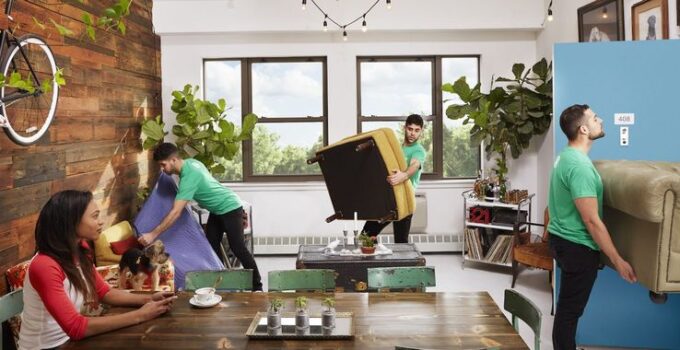The mess and accumulation of useless stuff are a common phenomenon in our homes. Although we have storerooms and storage areas, we tend to keep many memories, things that we no longer use -or to which we hope to give a new use, but which, in the end, remain stored-, occupying habitable space. The end of summer is a good time of the year to organize your home, so here are some recommendations to get the most out of the storage areas of your home.
Page Contents
What can I store and where?
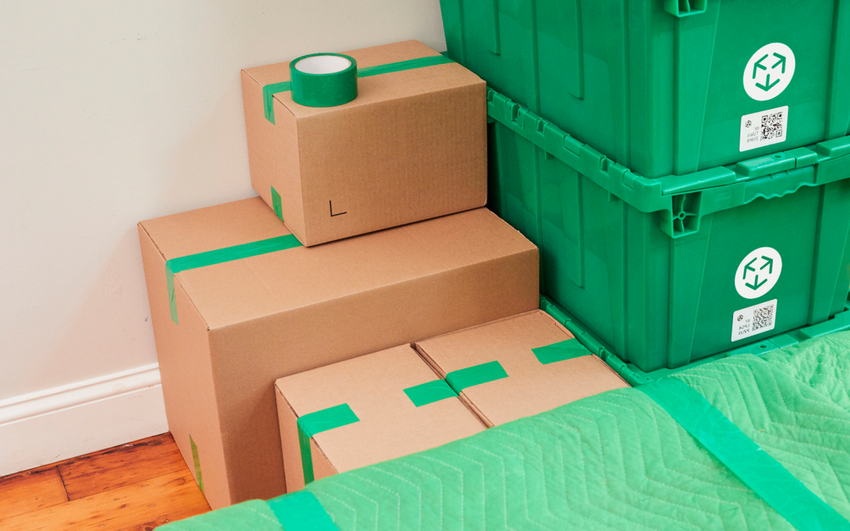
source:makespace.com
First of all, it is important to determine the actual capacity and risks of our storage areas in order to determine what we store and what space is best. It is important to think about ventilation, extreme temperatures, humidity and flood potential, accessibility and usable space. Once you’re clear about how much storage space you have, it’s time to make decisions about what to keep and what not to keep.
We propose that you do this in two phases, in which you will divide the objects into three groups: what you will keep, what you will recycle or sell, and what you will discard. It’s about reflecting on what we really use, and what only takes up space. Go through objects such as furniture, extra household items…, objects related to hobbies or sports that you practice or have practiced, suitcases and travel bags. Keep only what works, is in good condition and used often.
Find a place for everything
Now that you’ve got rid of what you don’t need and you keep what you really have value and use in your daily life, you must find a suitable place for it, even in small spaces. Choose vertical shelves that take full advantage of the height of the wall, and place the objects according to the frequency with which you use them: higher height at lower frequency. The spaces under beds or tables can be used to place drawers with wheels, very useful for seasonal clothes or sheets and towels.
Keep your gardening tools perfectly arranged in a shed
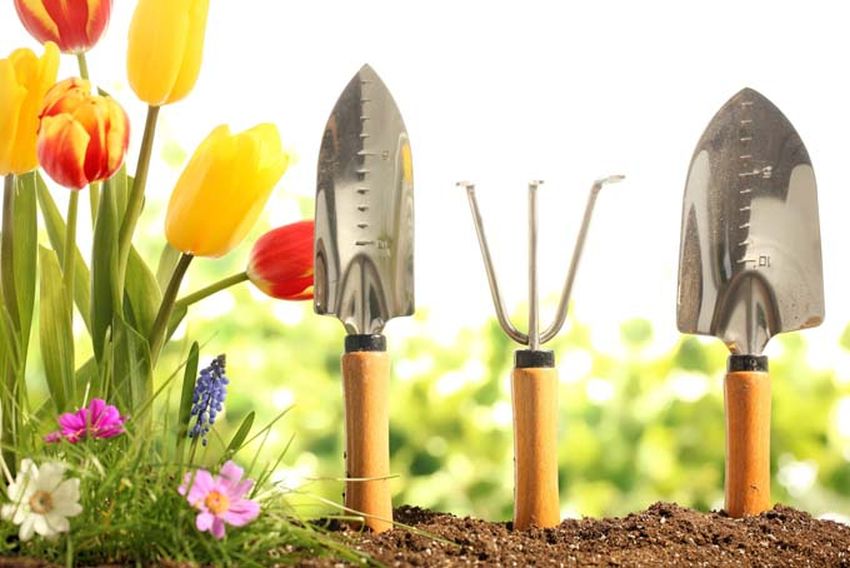
source:gardenerspath.com
A garden shed is an outdoor shed that normally serves to store objects related to gardening or simply that stuff that you do not want inside the house anymore. The most important thing when choosing a garden shed are the dimensions. You have to take into account the space you have to choose the perfect shed for you.
Ideally, it should allow you to enter comfortably without having to bend over, and that you can move around inside the cabin without any problem -as that’s where you’ll store your things and need to be able to access them. Another key aspect is the material they are made of. There are wooden ones, there are hard plastic ones and you can even find metallic garden sheds in storage solutions providers like Harwal. Each one of them has different advantages, but a good garden shed has to be resistant and safe, and able to withstand climatic changes without problems.
Take advantage of the extra space in your garage
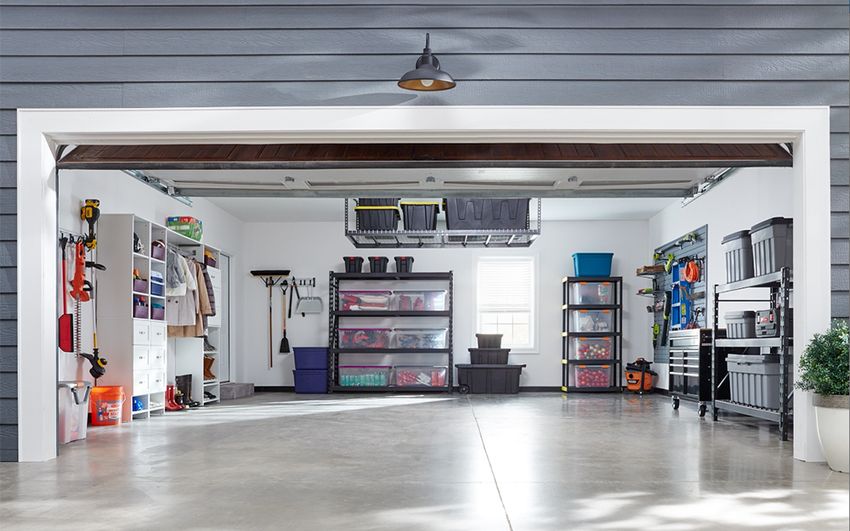
source:familyhandyman.com
The garage -for those who have one is an extra storage area that can be great for you and your family, but you have to learn how to make the most of it! Aluminium or wooden shelves and boxes are a great option to keep your miscellaneous in place, while hooks attached to the walls do great with bikes and tools. This will let you have the floor empty to use to store your car or as a workshop, in case you are into do-it-yourself projects.
Clear doors and corridors
The accesses, doors and passageways are usually diaphanous spaces. When we begin to accumulate objects, we tend to use these areas to corner them or to install storage furniture. The sense of order increases as the passageways are cleared. Placing cabinets in corridors or using construction voids to create storage solutions is a strategy that works if they are large and do not obstruct the passage.
Use more lighting in storerooms and wardrobes
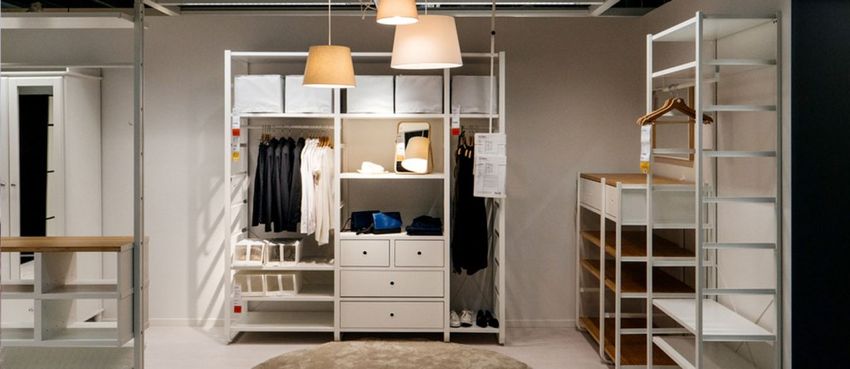
source:familyhandyman.com
If there is no light in your closets or storage room, not only will you not know what you’re storing in them, but you won’t be able to find anything nor keep it tidy. Use bright, cold and zenithal lighting in the storage rooms. For cabinets, a good solution are LED strips or even lamps without a plug.
Closed storage vs. Open storage
Open storage puts all stored items at a glance, while closed storage limits spaces and hides clutter. With these premises, it is advisable to use open shelves for basements and storerooms. For living rooms, corridors, kitchens, open and closed cupboards can be combined, giving priority to closed cupboards that offer a visual sensation of order.

